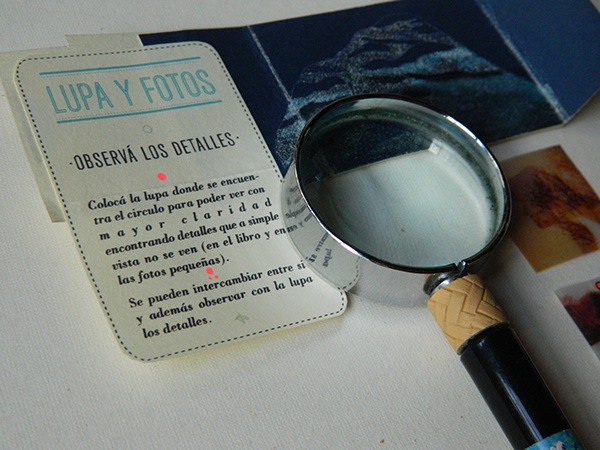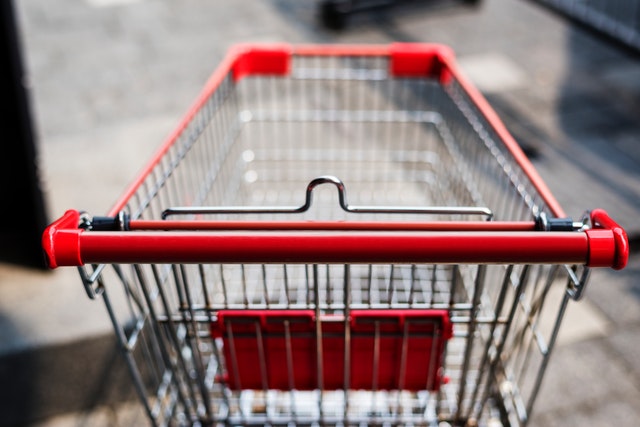BC Menu Bar Cart Icon Plugin Tutorial
In case you prefer to watch a video, I’ve made one here. It’s about 6 minutes long so you can get all the details quickly: The purpose of BC Menu Bar Cart Icon The sole purpose of this plugin is to help you: WooCommerce users to add a cart icon to the menu or any … Read more


